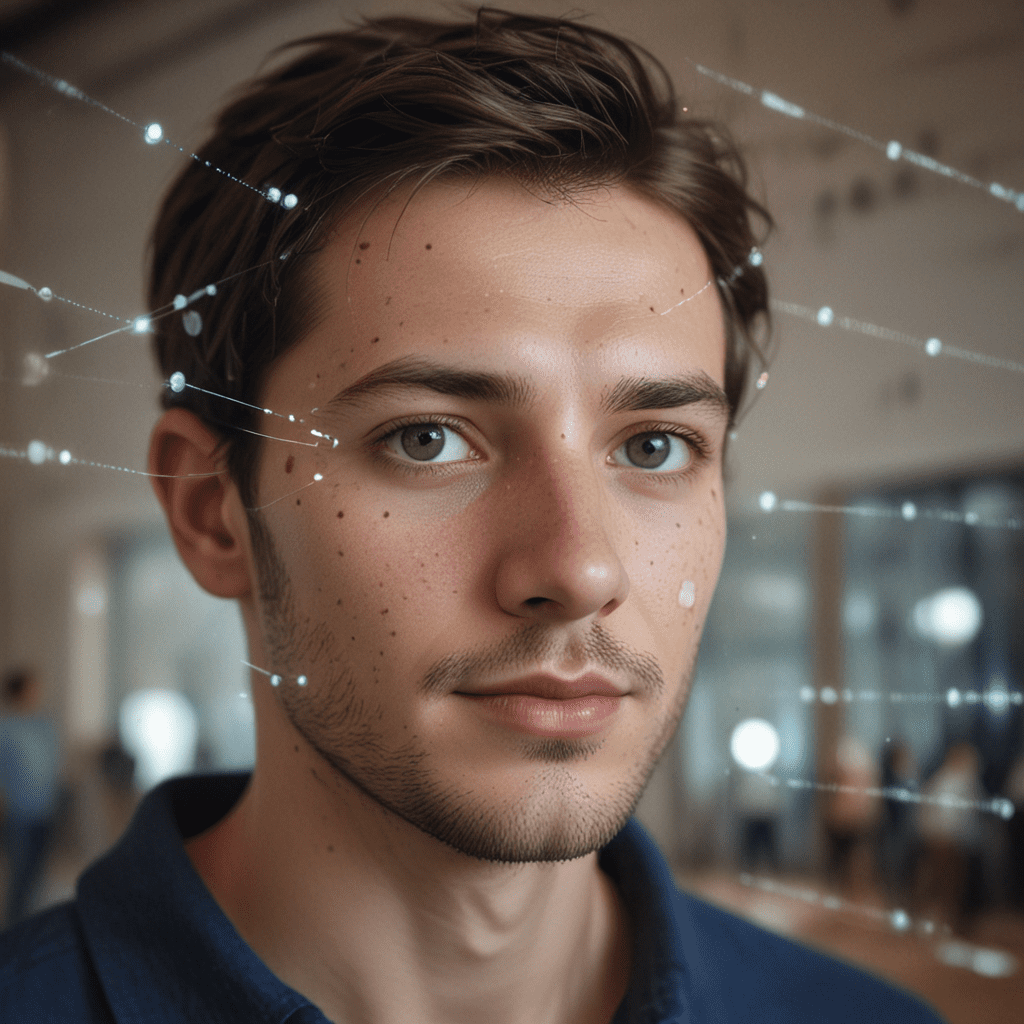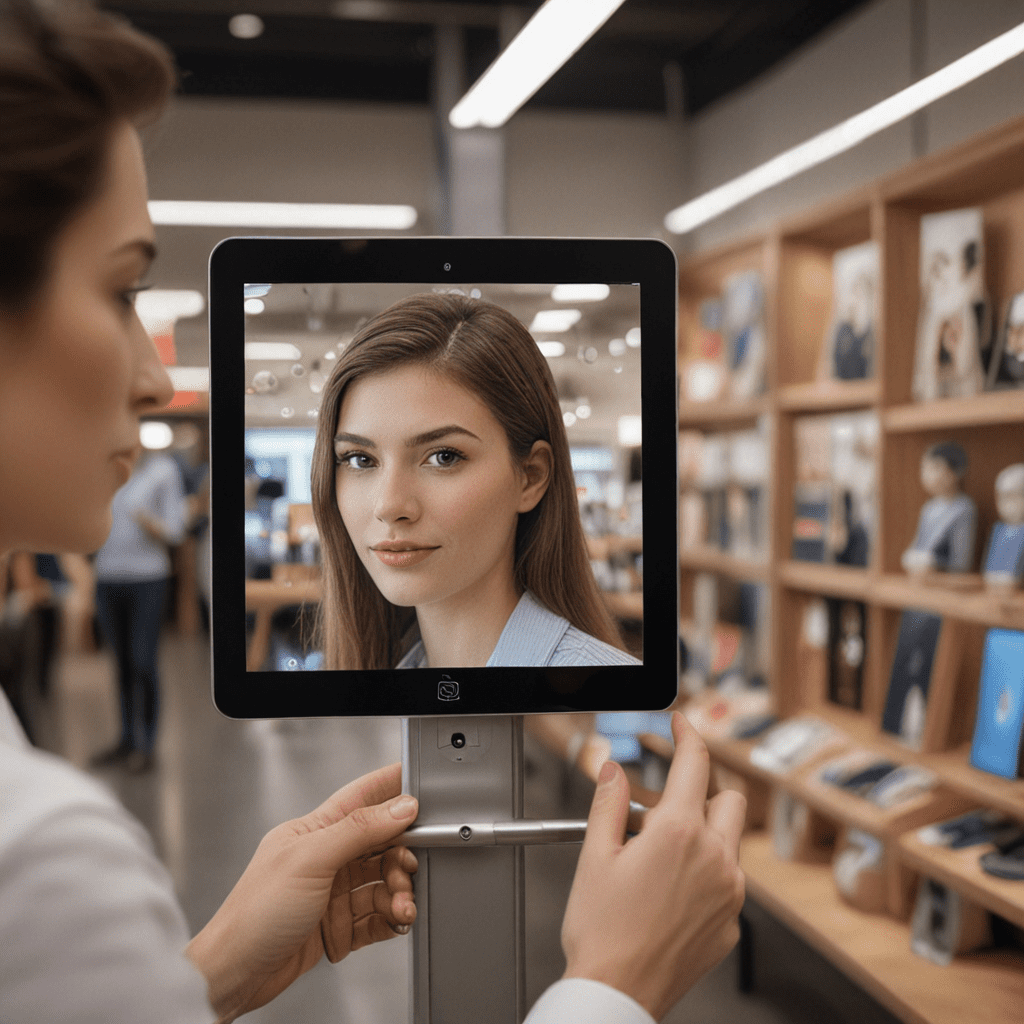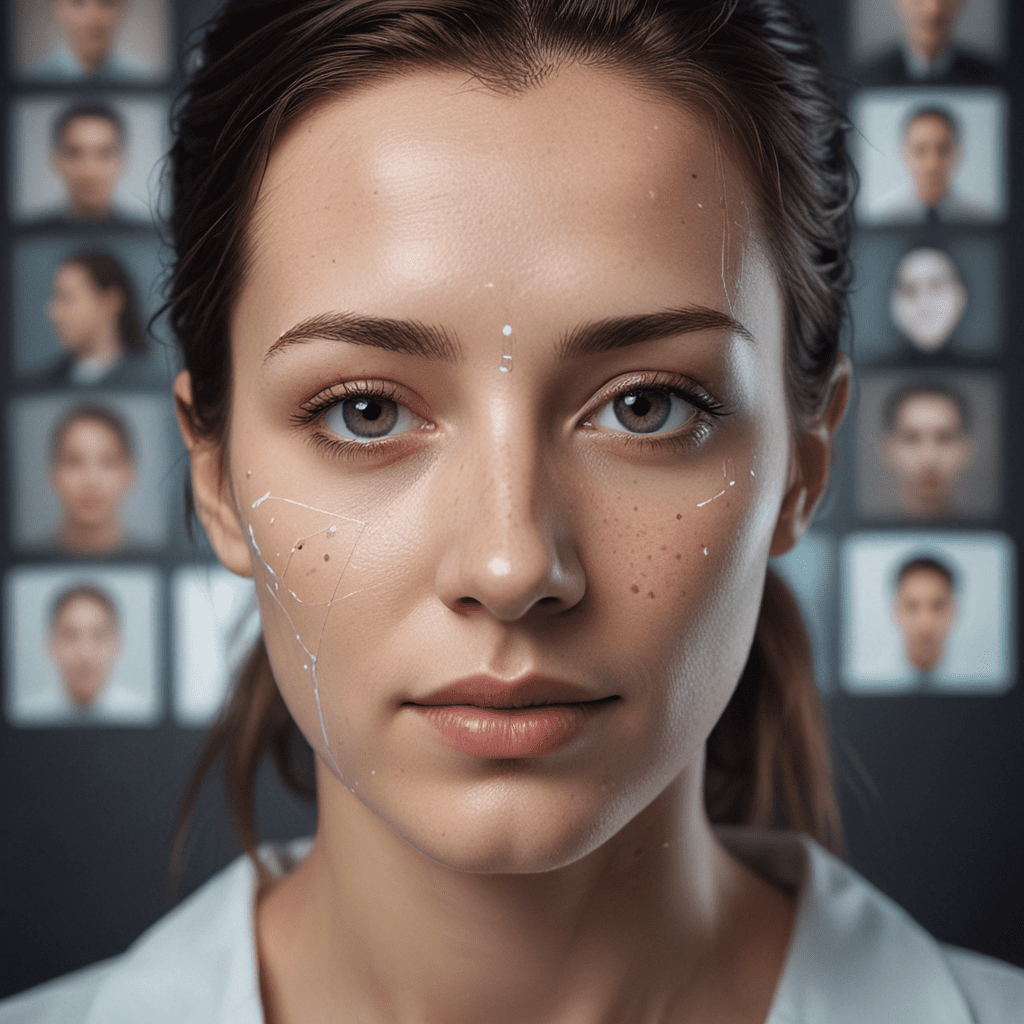
The Integration of Facial Recognition in IoT Devices: An Overview
Introduction
Facial recognition technology, which identifies individuals based on their facial features, is revolutionizing the Internet of Things (IoT) landscape. By integrating facial recognition capabilities into IoT devices, we unlock a plethora of new possibilities, enhancing security, improving user experiences, and fostering data-driven insights.
Benefits of Integration
The integration of facial recognition in IoT devices offers a myriad of benefits:
- Enhanced Security and Access Control: Facial recognition serves as a robust biometric authentication mechanism, providing a highly secure and convenient way to control access to buildings, vehicles, and other restricted areas.
- Personalized User Experiences: By recognizing individuals, IoT devices can tailor experiences to their preferences, such as adjusting lighting, temperature, and content based on user identity.
- Improved Data Collection and Analysis: Facial recognition enables IoT devices to collect and analyze data on user behavior, demographics, and patterns, providing valuable insights for businesses and organizations.
Technical Implementation
Integrating facial recognition in IoT devices involves a combination of hardware and software components:
- Hardware Requirements: IoT devices typically require specialized cameras and sensors that capture high-resolution images suitable for facial recognition.
- Software Architecture: Facial recognition algorithms, powered by artificial intelligence and machine learning, are deployed on the devices or in the cloud to process and analyze the captured images.
- Data Storage and Management: Secure data storage and management systems are crucial to protect user privacy and prevent unauthorized access to facial recognition data.
Applications in Various Domains
The integration of facial recognition in IoT devices finds applications across diverse domains:
- Smart Homes: Facial recognition allows for convenient and secure door unlocking, visitor identification, and remote monitoring of households.
- Retail: IoT-based facial recognition systems enable customer profiling, personalized marketing, and frictionless checkout experiences.
- Public Transportation: Facial recognition can streamline fare payments, enhance security screenings, and provide personalized travel recommendations.
Privacy and Ethical Implications
The integration of facial recognition in IoT devices raises significant privacy and ethical concerns:
- Data Privacy: The collection and storage of facial recognition data pose potential risks of misuse or unauthorized access, requiring robust data protection measures.
- Bias and Discrimination: Facial recognition algorithms have been shown to exhibit biases based on race, gender, and other characteristics, raising concerns about discriminatory practices.
- Government Regulations and Ethical Guidelines: Governments and organizations are developing regulations and ethical guidelines to address the responsible use of facial recognition technology in IoT devices.
Market Trends and Future Prospects
The market for facial recognition in IoT devices is experiencing significant growth:
- Growing Demand: The demand for IoT devices with facial recognition capabilities is increasing across various industries, driven by security concerns, convenience, and personalized experiences.
- Advancements in Artificial Intelligence: Advancements in artificial intelligence and machine learning enhance the accuracy and efficiency of facial recognition algorithms, enabling more reliable and versatile applications.
- New Applications and Use Cases: As facial recognition technology evolves, new applications and use cases emerge, such as healthcare diagnostics, crowd management, and remote patient monitoring.
Challenges and Limitations
Despite its advantages, facial recognition in IoT devices faces certain challenges and limitations:
- Accuracy and Reliability: Environmental factors such as lighting conditions and facial expressions can affect the accuracy and reliability of facial recognition systems.
- Environmental and Lighting Conditions: Outdoor environments and varying lighting conditions can pose challenges for facial recognition devices, requiring careful calibration and optimization.
- Security Vulnerabilities and Data Breaches: Security vulnerabilities in facial recognition systems can lead to unauthorized access or data breaches, highlighting the need for robust security measures.
Frequently Asked Questions (FAQs)
- What are the primary benefits of integrating facial recognition in IoT devices?
Facial recognition integration enhances security, personalizes user experiences, and enables data-driven insights. - What are the ethical concerns associated with facial recognition in IoT devices?
Privacy concerns, bias in algorithms, and the potential for misuse raise ethical considerations. - What industries are driving the growth of facial recognition in IoT devices?
Smart homes, retail, and public transportation are key industries fueling the demand for IoT devices with facial recognition capabilities. - What are the technical challenges faced by facial recognition in IoT devices?
Accuracy, reliability, and environmental factors pose challenges that require ongoing research and development. - How can the privacy concerns related to facial recognition be addressed?
Robust data protection measures, ethical guidelines, and user consent are crucial for addressing privacy concerns.


